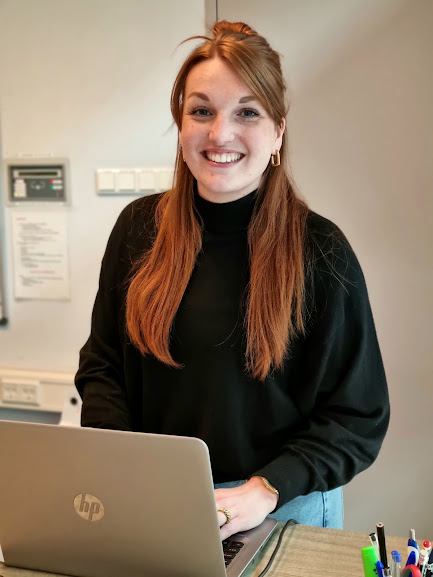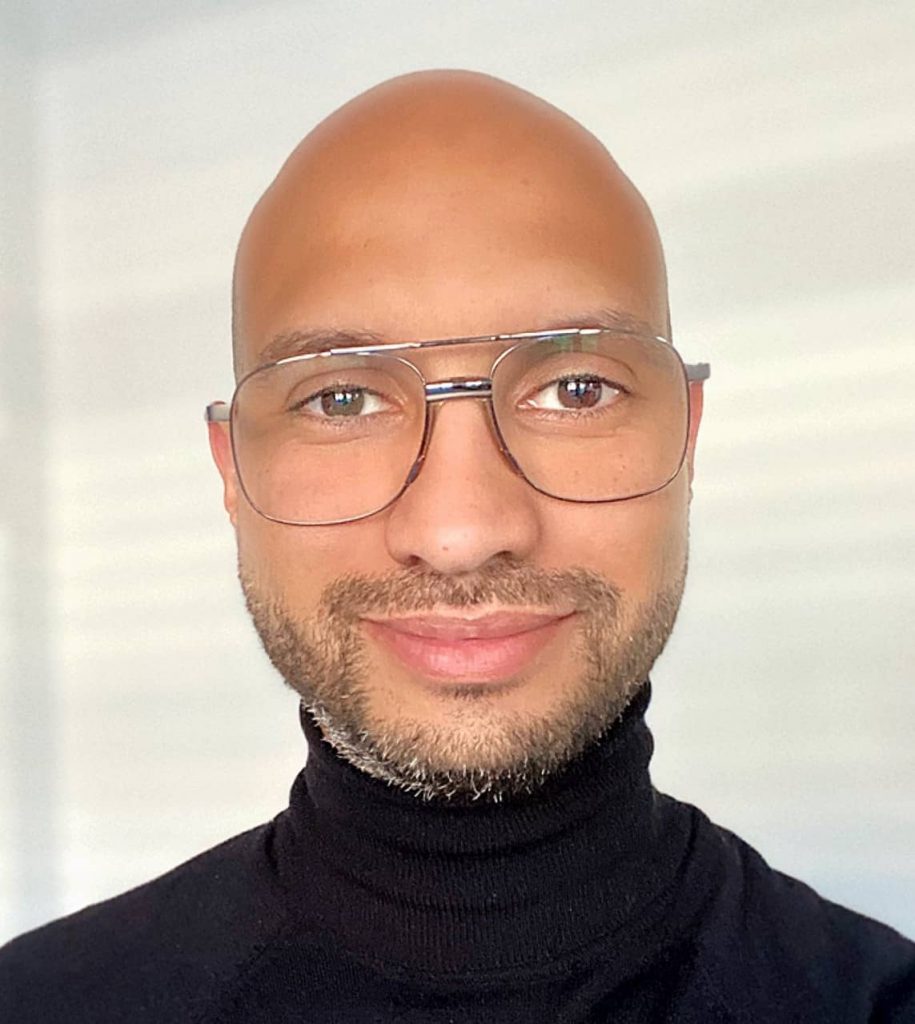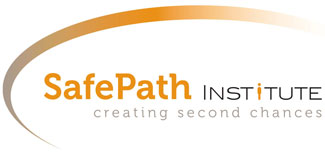Contagious enthusiasm
.
In conversation about SafePath with Lindsay Schaap, Danny Silva and Nina Swaans. Lindsay and Danny work at Den Hey-Acker and De Hartelborgt, respectively, Dutch juvenile prisons where youth who have committed serious crimes receive treatment. Lindsay works as a senior pedagogical worker and Danny as a behavioural scientist. Nina is a senior nurse at Novadic-Kentron, a healthcare facility that focuses on the treatment of addiction in youth and adults.
Den Hey-Acker, De Hartelborgt, and Novadic-Kentron all work with SafePath. Lindsay, Danny and Nina recently followed the SafePath train-the-trainers course to be able to train new colleagues in the methodology and lead coaching sessions with teams. They look back on the training.
Nina: “Despite the fact that we took the training online and everyone sat behind a computer screen at home, it felt like we were together. The role-playing games in break out rooms helped with this.” Danny agrees. “Even online we were able to do an exercise in which we, supposedly, ‘threw’ a ball back and forth to each other. We all got our ‘happy child mode’ stimulated. We laughed and learned. Dr. David Bernstein’s enthusiasm is contagious.”
Nina took the train-the-trainers course immediately after taking the online SafePath basic training. Lindsay had taken the basic training more than a year earlier. The basic training is a prerequisite for the train-the-trainers course, and most people take them together. Lindsay: “I had to do some homework to refresh my memory. Because, ‘how do you empathic confrontation again,’ and all that? That’s why it was so nice that, at the end of every meeting of the train-the-trainers course, we had so much time to ask questions.”
Nina described the train-the-trainers course with the words ‘challenging’, ‘new,’ and ‘together’. Danny chose the words ‘inspiring,’ practical,’ and ‘applicable’. Lindsay mentioned ‘instructive, educational’ and ‘awareness’.

Nina Swaans
All three are looking forward to training their colleagues in SafePath. Danny: “Sometimes our colleagues look at these youth as if they’re worth nothing. Through SafePath, they learn to look at the emotional needs underneath the youth’s behavior. That benefits the therapeutic relationship.” “Sometimes, we even let the youth show us how they perceive us. They lay the iModes cards,” which use images to depict different emotional states (‘modes’), “on the table to show which modes they see in us. This has a positive effect on our relationships with them.” SafePath is also valuable for collaborations with other care providers, according to Danny. “Probation officers find it helpful to look at young people through a ‘mode-lens’. The focus is therefore much more on the future and on what a young person can accomplish, instead of just on risks.”

Danny Silva
Both through the SafePath basic training and through the train-the-trainers course, the three caregivers have also learned a lot about themselves. Nina: “I have become more aware of my ‘Detached Protector’, that side of me that is detached and flat and feels no emotions. Not only in the workplace, but also at home, I am noticing this side more and more often.” Danny advises not to talk too much about the sides, the modes, at home. “I’m often told not to be the psychologist,” he says with a laugh. Lindsay: “The youth also sometimes yell: ‘there you go again with your modes! But in the end, they also look at each other, and speak with each other, in this way. Eventually, they will walk up to the poster showing all of the modes, which is hanging on the wall, and say to each other, ‘Look, now you’re doing this!’’’
